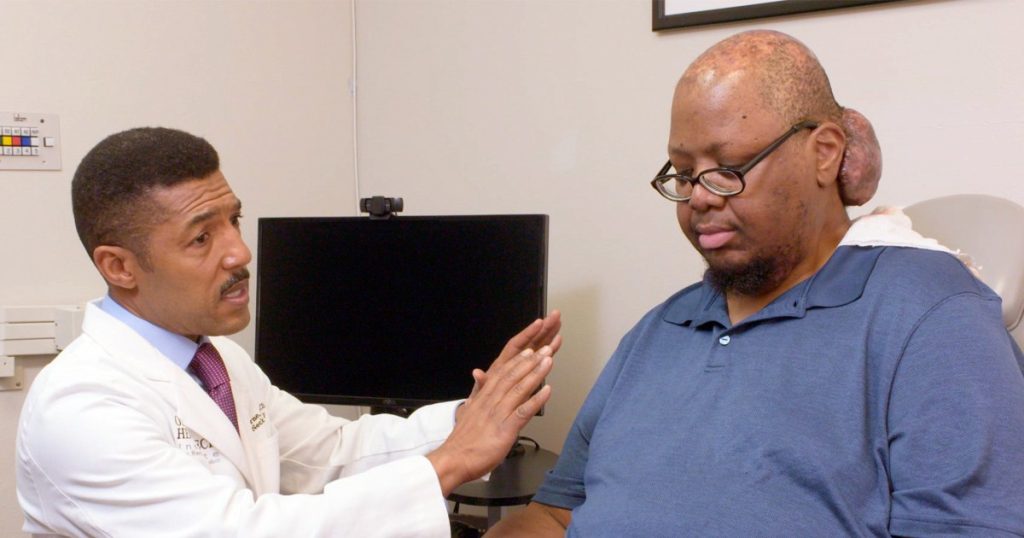Dr. Ryan Osborne, the director and surgical oncologist at the Osborne Head & Neck Institute in Los Angeles, has fulfilled his childhood dream of practicing medicine. He specializes in cases that other surgeons may shy away from. His work is captured by a camera crew for TLC’s new medical series, “Take My Tumor,” where he, along with two other renowned surgeons, helps patients with tumors that are disrupting their lives. The series showcases the debilitating and dangerous effects of living with a tumor and the freedom that comes after it is surgically removed.
Tumors are more common than many people realize, with most cancer diagnoses involving some type of tumor. There are two main types of tumors: malignant and benign. Malignant tumors are cancerous and can spread, while benign tumors are non-cancerous but can be life-threatening if they grow large enough to obstruct air passageways or vital organs. Tumors can release hormones and enzymes that affect metabolism, compress blood vessels, nerves, bone, and muscles, making simple activities like eating and breathing difficult for those affected.
While malignant tumors are usually surgically removed to prevent further spread, benign tumors are approached differently. Dr. Osborne believes in considering the quality of life of the patient before deciding on surgery. He recalls a patient who had to have her entire tongue removed to save her life but suffered a drastic decrease in her quality of life afterward. This experience has shaped his philosophy of only performing surgeries that he believes will leave the patient with an acceptable quality of life. Every case is unique, and Dr. Osborne consults with patients to understand their priorities and determine the best course of action.
In an episode of “Take My Tumor,” viewers meet a 15-year-old boy named Marcelo, whose surgery presents a difficult choice for Dr. Osborne. While a significant portion of the tumor has been removed, continuing the operation could leave Marcelo with facial paralysis, affecting his ability to speak and eat normally. Dr. Osborne decides to stop the surgery to preserve Marcelo’s quality of life. Each patient in the series speaks to him in a different way, and he becomes their champion, fighting for their lives or quality of life. For Dr. Osborne, this commitment to his patients is a central part of his practice of medicine.
Despite tumors being potentially life-threatening, there have been cases where patients have made full recoveries after the removal of massive tumors. The size and location of a tumor determine its impact on a person’s life, with some tumors growing into different tissues based on their origin. Employers may also discriminate against individuals with visible tumors, affecting their ability to work. Dr. Osborne always considers whether a surgery will leave the patient with an acceptable quality of life before proceeding, a philosophy that guides his decision-making in complex cases.
The season finale of “Take My Tumor” airs on TLC on May 8th, showcasing the unique cases and challenging decisions faced by Dr. Ryan Osborne and his fellow surgeons. While tumors can be hugely disruptive and impactful, Dr. Osborne remains dedicated to providing the best possible care for his patients, balancing the need to remove tumors with the preservation of quality of life. Through his work, he continues to fulfill his childhood dream of championing the cause of those who cannot fight for themselves.


